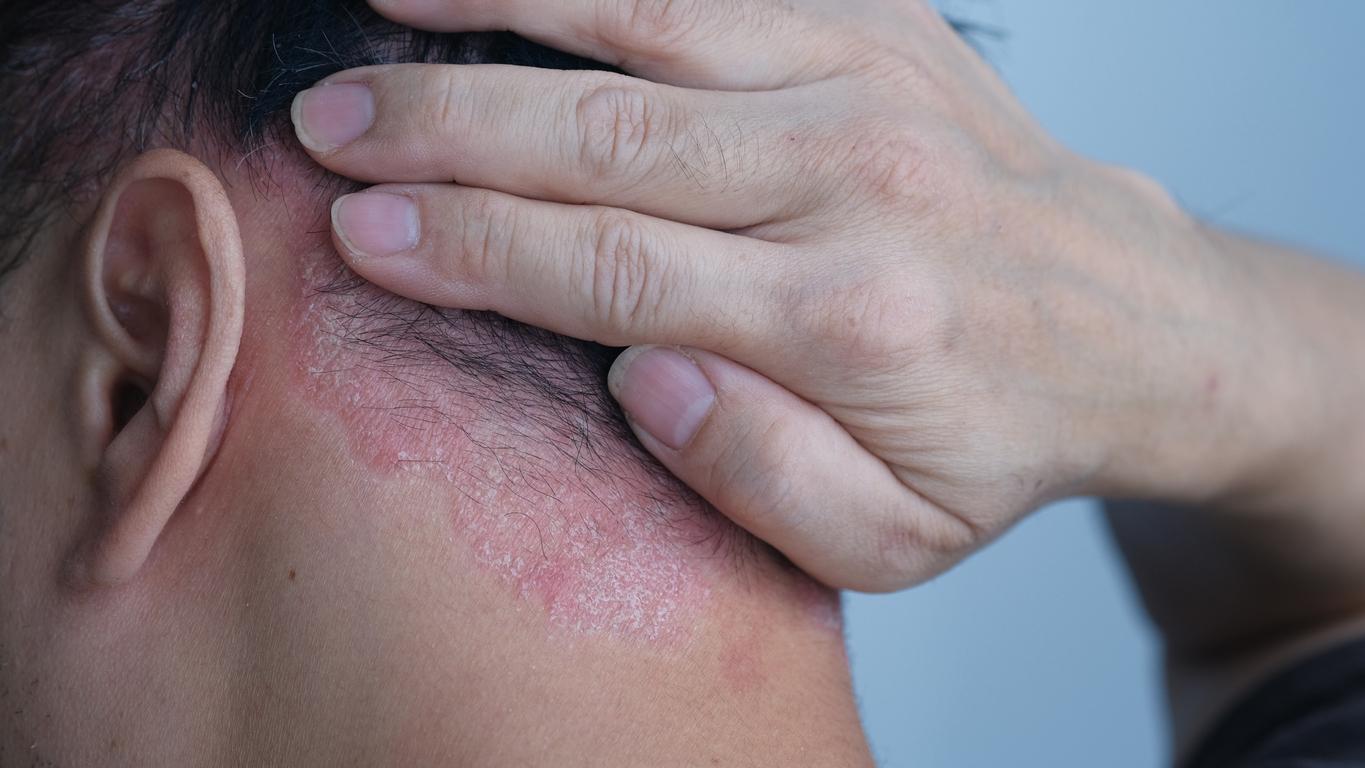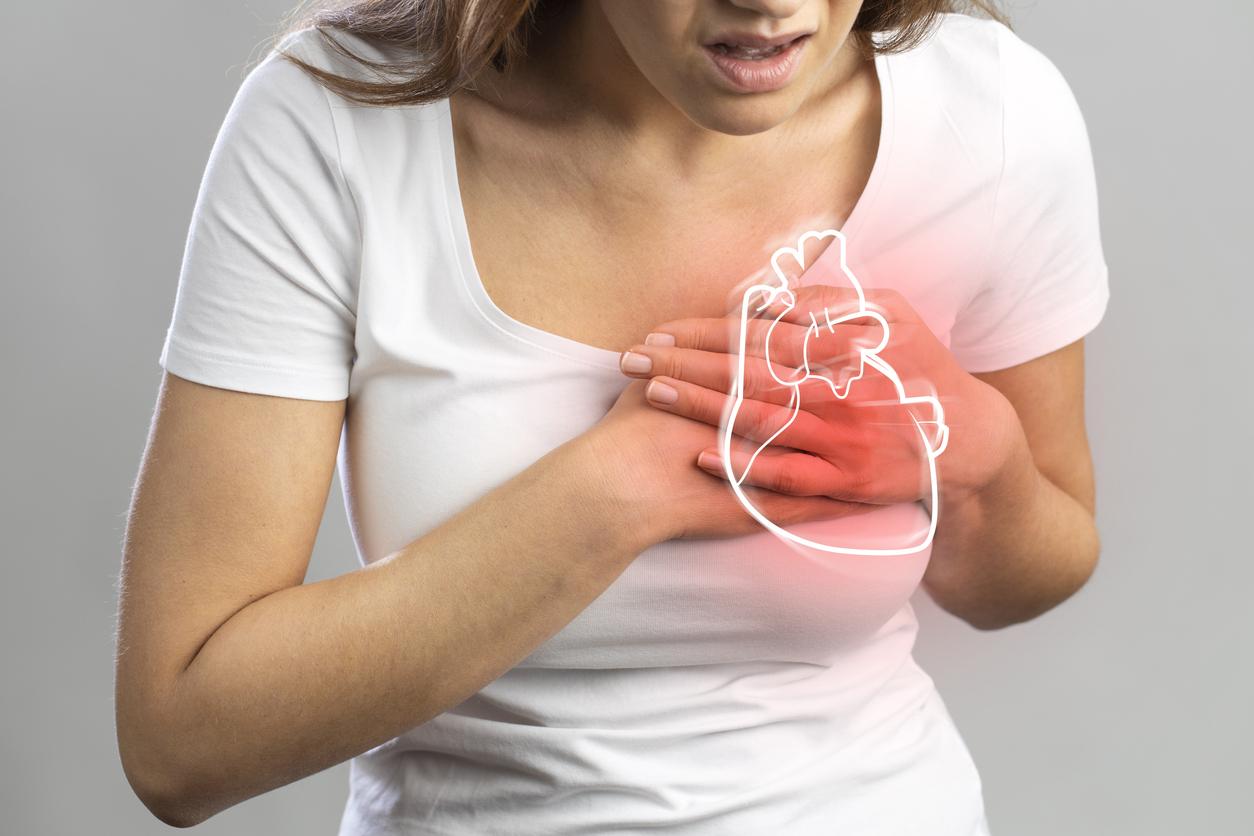Vitamin A is essential for our health, but exceeding recommended doses can be harmful and cause symptoms.

- Vitamin A is essential for health because it plays an important role for vision, cell and bone growth and tissue renewal.
- You should not consume too much because excess can be dangerous for your health.
- There are several symptoms of excess vitamin A such as hair loss, itching and headaches.
The Population Dietary References (PNR) for vitamin A are 750 micrograms (µg) of Retinol Equivalents (RE) per day for men and 650 µg for women, according to the National Agency for Food, Environmental and Occupational Health Safety (Anses).
Hypervitaminosis A: foods rich in vitamin A
Vitamin A is present in food in two forms:
- Retinol and its derivatives in products of animal origin.
- Provitamin carotenoids, mainly ß-carotene, in products of plant origin.
Certain foods are particularly rich in it, such as fish livers, sweet potatoes, pumpkin, carrots, parsley, etc. You should eat foods that contain vitamin A daily, but you should not overdo it.
Hypervitaminosis A: symptoms of excess vitamin A
As indicated by ANSES, excess vitamin A is associated with congenital malformations, an increased risk of fracture in postmenopausal women and, with regard to β-carotene supplementation, a greater risk lung cancer in smokers.
But how do you know if your vitamin A intake is too high? In case of excess, the body manifests it through different symptoms such as:
- nausea
- itches
- headaches
- dizziness
- dry skin
- chapped lips
- loss of hair and/or eyebrows
- shaggy hair
- itches
If you notice any of these symptoms, it is best to talk to your doctor.
In industrialized countries, “it seems that vitamin A deficiency does not exist”, indicates ANSES. When a person suffers from it, the first symptom is a decrease in visual acuity, because vitamin A is essential for this function, according to the Vidal“in particular to allow the eye to adapt to darkness.”
Vitamin A is also very important for the immune system, the growth of cells and bones and the renewal of tissues such as the skin.















